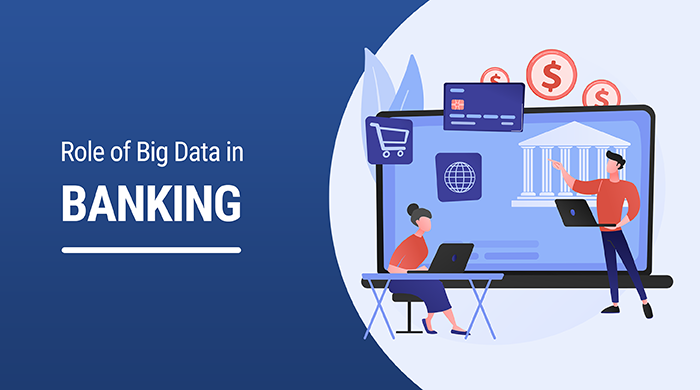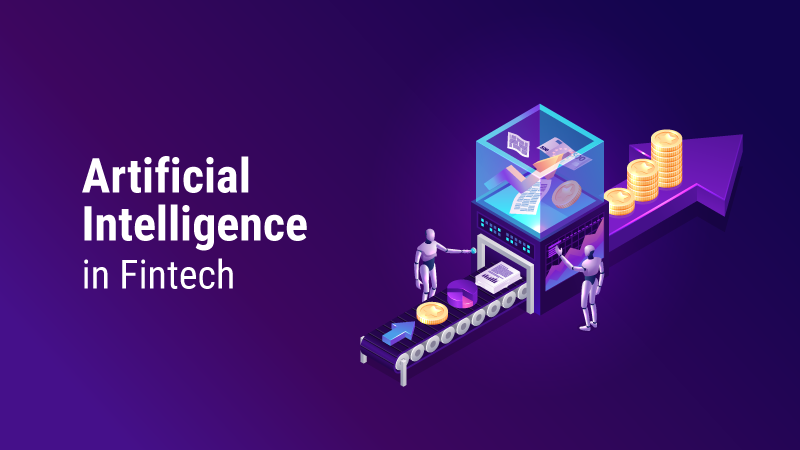6 Ways Banks Can Use Big Data to Enhance Their Products and Services

The financial sector is one of few industries involved in producing massive amounts of information through daily records, second only to telecommunication and possibly E-commerce. They deal with numbers so large that it sounds odd even to say! (try “quintillion” or “zettabytes”) These records are typically in the form of transactions and stored in numerous, large digital databases.
As these records are technically known, all these data are rudimentary pieces that comprise a complex collective called “big data.” When coupled with technology such as machine learning, the internal processes of the user (in this case, the bank) can be significantly optimized to cut costs, personalize client experience and mitigate risks.
What is the Role of Big Data in Banking?
Banking processes alone are capable of producing an unfathomable quantity of information. All this information must be organized and handled efficiently to keep operations from falling apart by the end of every working day. This very Herculean task is accomplished by manipulating the various types (structured, unstructured, or semi-structured) and flow (variety, velocity, and volume) of big data to optimize operations.
Big data primarily allows for customer self-service, which is one of the forefront merits of the digitization of banking. Personal and on-site communications between bank and client are no longer required. In this way, most banks can attain all necessary information regarding an interested or current client, including spending patterns, risk profiles, personalization strategies, motives for feedback online. The nuanced analysis of big data allows all this information and more to extract from a hoard of financial data for every individual customer, thus providing a detailed picture of the industry.
6 Ways Banks Can Use Big Data to Enhance Their Products and Services
As mentioned above, big data can be classified into three distinct types and flow patterns. Structured data is highly organized and fixed formats, while unstructured data does not have a general structure. Semi-structured data bridges the gap between these two types by consisting of keywords capable of processing the seemingly unstructured data. Either or all of these types may be categorized by their sheer number (variety), the digital space they occupy (volume) or the frequency at which they are added to the database (velocity). For instance, 100 distinct transaction details per minute may consume a few gigabytes of space, thoroughly describing the data involved.
In the following segments, we will see how a bank uses such information to the advantage of internal operations with relevant examples:
Customer segmentation, profiling, and targeting
Banks can analyze their volume of big data to evaluate customer behavior patterns. This allows them to group clients into standard filters according to their financial habits in order to provide more individualized experiences and financial advice (i.e., customer profiling). For example, thrifty spenders that live from paycheck to paycheck would be offered a detailed income management plan to ensure financial security, and cautious investors would be counseled on investments best suited to their financial habits.
Personalized marketing
Various big data models can be used to forecast customer requirements and predict the most desirable customer interactions. A range of different audiences can be targeted using specific marketing campaigns to encourage personalized engagement instead of using a single, general campaign to reach a varied demographic. To do this, banks may opt to process external information about their customers alongside their internal analyses to make an educated decision.
Fraud detection and prevention
Understanding a client’s spending pattern can help prevent attempts to fraud or take unethical advantage of the bank. Fraudulent behavior both affects the customer personally and holds the issuing bank legally liable for any unauthorized clearances. These issues are common with stolen or misplaced ATM cards, for instance. In such a case, the bank may recognize unusual transactions that have never been observed in the cardholder prior and hence take actions accordingly.
Lowering investment risks
Financial advice to customers on investing in stocks or asking for loans can be delivered with great confidence by analyzing objective patterns such as credit scores and debt payment. These patterns can be processed using various big data algorithms that provide a detailed client’s detailed financial history. For example, a bank may look into a customer’s salary growth or decline over a period of time to conclude whether a timely repayment of a provided loan would be justified.
Identifying opportunities for upselling and cross-selling
Cross-selling or upselling peripheral offers and products can help the bank better engage their customers and improve the overall customer experience. They may propose complementary or supplementary recommendations in conjugation with the base product to support the customer. In continuation of the examples above, the bank may provide the cautious investor with better ROI (return on interest) options to get them to spend more actively and the thrifty spender with low sum, long-term loans to get them to decrease their financial burden.
Customer feedback analysis and application
Big data is not limited to daily working operations and may contribute to adjusting the nature of operations as a whole as well. Various big data tools can look through large volumes of user feedback and general opinions to identify trends and better understand what customers look for in their banking experience. This allows the bank to nurture healthy customer relationships, dramatically increases customer compliance, and helps raise publicity towards their brand. Valuing the customer’s opinions comprise an excellent marketing strategy while ensuring full reciprocity from the user.
Advantages of Implementing Big Data in Banking
In conclusion, implementing big data and its related streams into the banking sector provides significant and obvious benefits, as we have come to know. It provides a complete view of the business, allows decisions to be made on optimizing internal processes, and reduces the risk involved in dealing with numerous customers. It also enables the bank to better connect with their clientele and reduces the likelihood of fraudulent activity. The insights gained from analyzing customer behavior can also help forecast customer requirements, increase satisfaction, and promote positive publicity.
In the realm of digital data management, big data has proven to be a boon to information-intensive businesses everywhere.
Blogs by Category
AppForms Artificial Intelligence Blockchain Call Centers Chatbots Cloud Computing Data Management Design Digital Marketing Digital Transformation Enterprise Applications FinTech Insights LowCode Development Microsoft Mobile Apps News Office 365 Robotic Process Automation Security SharePoint Software Development Web ApplicationArtificial Intelligence in Fintech

2024-05-23 19:09:40